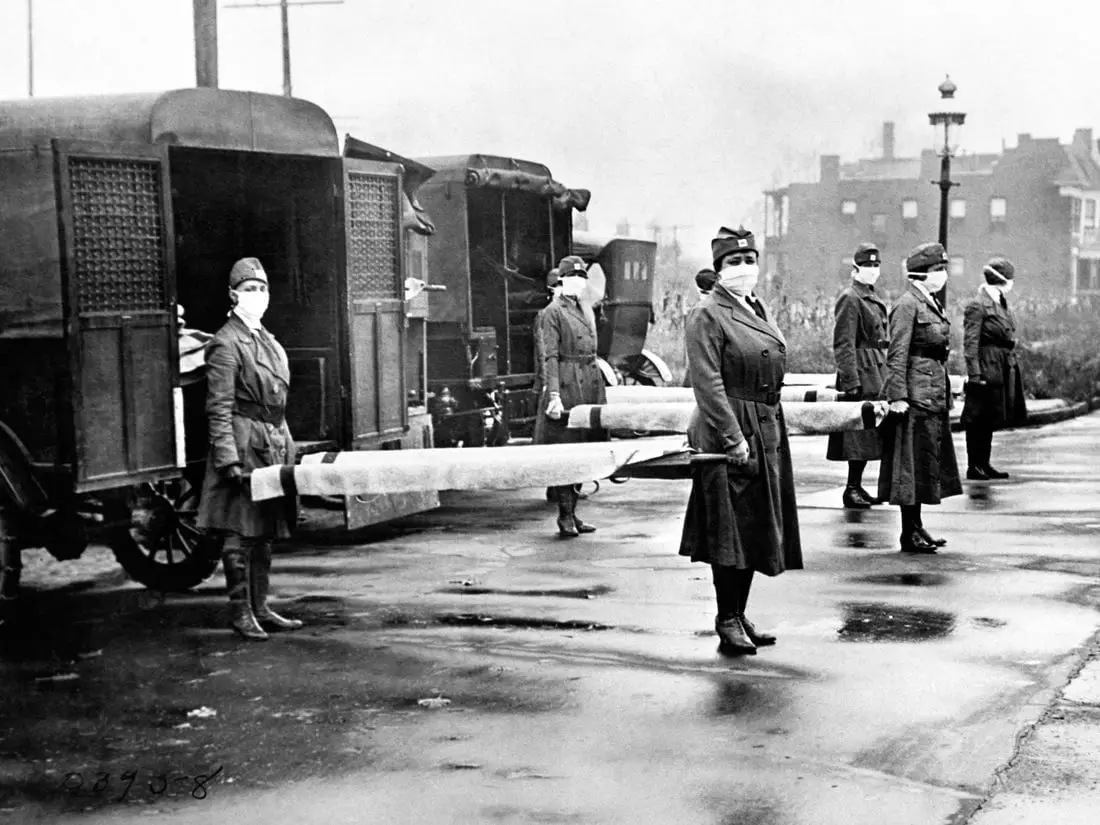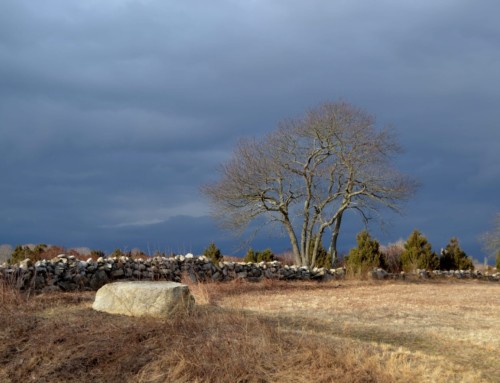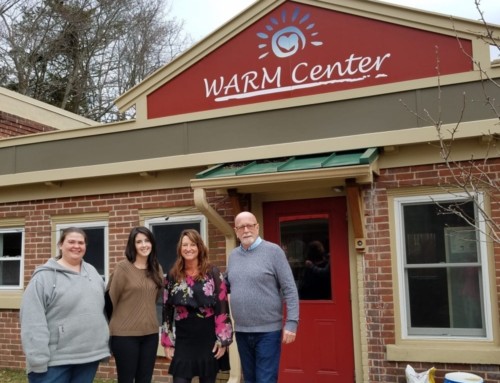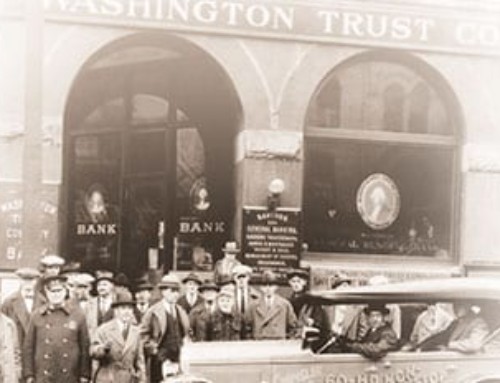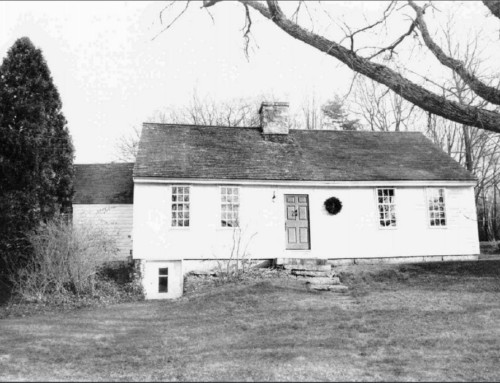1919: The Second Wave
By the start of 1919, it was apparent that Westerly was facing a major epidemic that was to be treated as a significant threat. On January 1, it was said that the Washington Trust Company was particularly hard hit as 12 employees were absent with illness and former employees had to be called in for assistance. [1] Interestingly, in this second wave, many of the homes that were hit in the first wave were now immune while other neighborhoods were impacted to a greater degree.[2]
When it became clear that a community-wide effort would be required to combat the sickness, many of the groups that provided invaluable assistance during the first wave, namely the Red Cross, the Rhode Island State Guard, and the Women’s Motor Corps, were ready to begin work again when needed. Despite a spike in cases appearing just prior to Christmas, Westerly schools resumed classes after Christmas, although schools across the river in Pawcatuck were ordered to close.[3]
One area which was deeply impacted was Block Island, where there were 51 reported cases and it was said that many in Westerly had relatives on the island.[4] Most startling, however, was the report of 700 cases in Westerly at the start of 1919.[5]
By the second week of January, church services on Saturdays and Sundays were being canceled due to the growing threat of the spread of influenza.[6] Very little was reported on the epidemic for the remainder of January. On February 4, it was written that influenza was now considered a reportable disease, and therefore, official statistics could be kept.[7] At that same time, Dr. Webster reported only 11 cases in January.[8] Based on how the epidemic was reported after January 1919, it appears that the town was hit hardest right around Christmas 1918, and then the disease rapidly vanished from the public eye.
The diary of 13-year-old Helen May Clarke of nearby Mystic provides a unique perspective on how the illness was treated. In an entry from July 1919, Helen recalls her experience as she was stricken with the sickness. According to her account, her grandmother “slapped mustard plasters on [her] chest, salt pork around [her] throat, and [used] a horrible ointment that smelled like skunk oil.” She also recounts being given herbal teas with sulfur and molasses as well as “sirup [sic] of onions.”[9]
As 1919 wore on, fewer and fewer cases were reported, and by November, only one case was reported and there were no fatalities at that time.[10] Overall, the number of influenza-related deaths in 1919 was significantly less than in 1918 as there were only 16 deaths attributed to the illness that year.[11]
1920: The Epidemic Comes to an End
As is often the case with influenza, there was a seasonal pattern that developed, and as a result, there was yet another wave. The 1920 wave, however, would have a much smaller impact on the town than the 1918 and 1919 versions. In early February, it was stated that there were no reported cases, however, it was speculated that there may have been several milder cases that were simply not reported.[12]
Just a few weeks later, it was said that there were 30 cases in Westerly.[13] The smaller numbers were explained by Dr. Webster when he spoke before the Town Council in April. At that time, he proclaimed that he firmly believed the current strain of influenza differed from that which struck the town in 1918.
According to the Superintendent, only five of the 16 physicians in Westerly reported cases to him, and because of his belief that it was a different illness, he did not report these as part of his monthly health report in order to avoid causing unnecessary panic. Interestingly, of the 53 cases that had been officially reported by the start of April, 13 were in Bradford.[14]
Overall, there are many parallels that can be drawn between the local response to the 1918-1920 influenza epidemic and how the COVID-19 epidemic of 2019-2020 is currently being handled in Westerly. As always, lessons of the past must be applied whenever possible so that we may learn from the situation and continue to improve as a society. In closing: Wear a mask.
[su_accordion class=””] [su_spoiler title=”Footnotes” open=”no” style=”default” icon=”plus” anchor=”” class=””]
- “Westerly” Norwich Bulletin, 1 January 1919.
- “Westerly” Norwich Bulletin, 1 January 1919.
- “Westerly” Norwich Bulletin, 1 January 1919.
- “Westerly” Norwich Bulletin, 1 January 1919.
- “Westerly” Norwich Bulletin, 1 January 1919.
- “Local Laconics” Norwich Bulletin, 7 January 1919.
- “Westerly” Norwich Bulletin, 4 February 1919.
- “Westerly” Norwich Bulletin, 4 February 1919.
- Clarke, Helen May, An Account of My Life, 1915-1926, The Childhood Journals of Helen May Clarke of Mystic, Connecticut, entry for July 1919.
- “Westerly” Norwich Bulletin, 4 November 1919.
- Deaths Registered in the Town of Westerly, R.I. for the Year ending December 31st, 1919, https://www.familysearch.org/ark:/61903/3:1:S3HY-6XWS-XT1?i=229&cat=698695.
- “Westerly” Norwich Bulletin, 3 February 1920.
- “Westerly” Norwich Bulletin, 19 February 1920.
- “Westerly” Norwich Bulletin, 6 April 1920.
[/su_spoiler] [/su_accordion]
